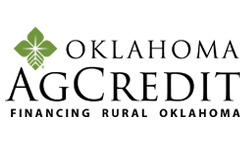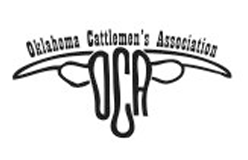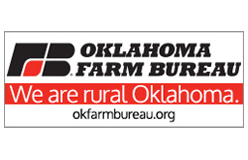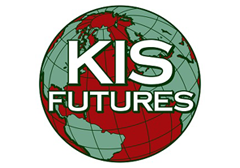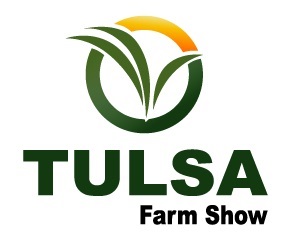
Dr. Derrell Peel, Oklahoma State University Extension Livestock Marketing Specialist, offers his economic analysis of the beef cattle industry as part of the weekly series known as the “Cow Calf Corner,” published electronically by Dr. Peel, Mark Johnson, and Paul Beck.
Cattle futures and cash markets were pummeled by a barrage of politics the past two weeks. Negative market reactions piled up under a slew of political statements and proposals along with rumors about additional political actions that left market traders and producers running for the sidelines. Feeder cattle dropped $200-$300/head in value last week in Oklahoma auctions.
It’s important to remember that cattle market fundamentals have not changed…it’s the same supply and demand conditions that existed three weeks ago.
Political talk has included more beef imports from Argentina…largely irrelevant as an import source and with no expected impacts on U.S. beef prices as well as a possible reduction in Brazil tariffs…which could impact processing beef supplies slightly. Lack of data due to the government shutdown makes it hard to say how much the August tariffs on Brazil decreased beef imports and therefore how much removing/reducing them might increase beef imports. In any event it would be a return to market conditions that existed through July, including record high lean trimmings prices. Beef imports from Argentina and Brazil will have no impact on steak prices in the U.S.
USDA has offered a wide range of proposals to “Fortify the American Beef Industry”, which included a laundry list of things including regulatory changes, access to federal grazing lands, and packing infrastructure. None of these will change the supply and demand conditions of cattle and beef production – or beef prices – in the short run nor change the multi-year timeline for the industry to rebuild. Will the Mexican border reopen for cattle imports…who knows? Even if it does, it will not change feeder cattle supplies much for several months.
Also, there is the rumor of a thaw in the trade war with China. It’s not clear if this would include reopening the Chinese market to U.S. beef, which has been devastated recently. Record high cattle and beef prices have largely masked the negative impacts of the loss of beef export markets to China. The latest available trade data for July showed that China accounted for 1.2 percent of beef exports compared to one year ago when beef exports to China represented 15.3 percent of monthly exports. If beef exports to China resume it will add additional support to U.S. cattle and beef prices.
What else…I’m probably forgetting something…
All the political talk could ultimately have either positive or negative impacts on cattle and beef markets; it’s impossible to say what the net effect might be. The impacts will be marginal and do not change the underlying market fundamentals. With less agitation, cattle markets will bounce back quickly, and markets will guide production decisions. The trajectory and price expectations for the next two – four years have not changed.
What is clear is that uncertainty and volatility from political comments and rhetoric have a very real negative impact on producers and consumers. The federal government’s demonstrated willingness to meddle in cattle and beef markets and interfere with markets doing what they do so well likely means that the industry will continue to deal with debilitating uncertainty and volatility. The most likely outcome is that it will keep cattle producers and lenders cautious and further delay the lengthy process of herd rebuilding, which already looks to extend nearly to the end of the decade.


